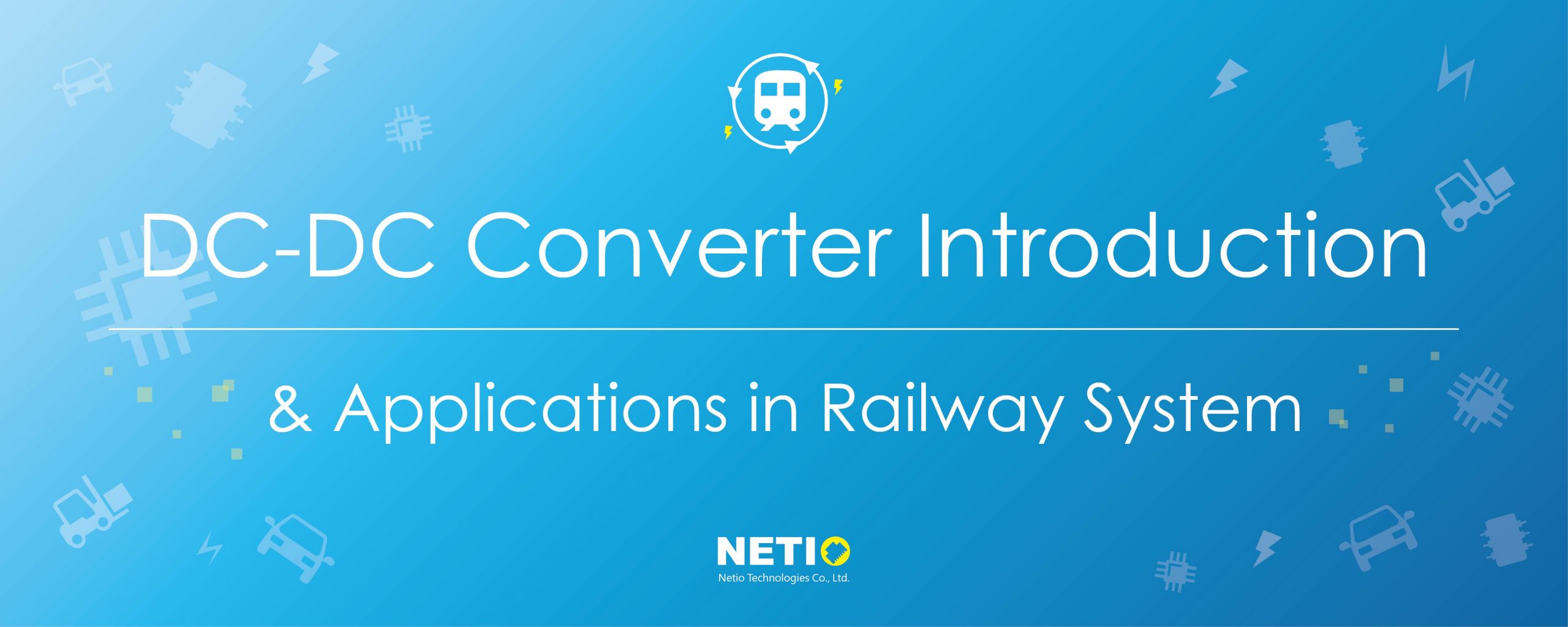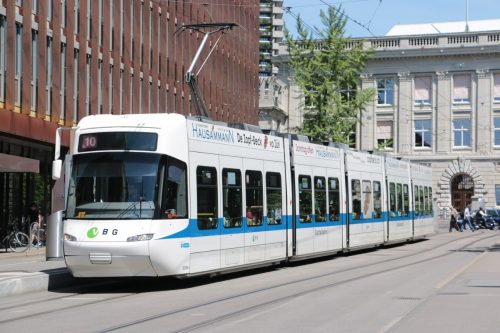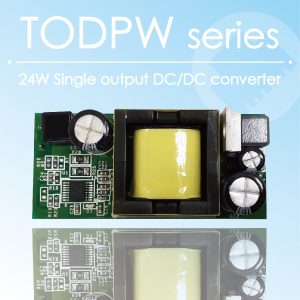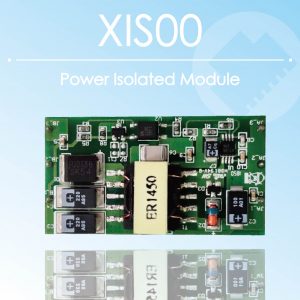
In automobiles and industrial applications, DC-DC converters are important parts. That’s because direct current (DC) power supplies are used in almost all electrical devices. DC-DC converters, literally meaning as to convert different from one voltage to another. The standard DC sources are 1.5V, 6V, and 12V. The electrical devices may convert to high or low voltages into the available ones and drive the system with a converter design.



DC-DC converters are common in transportation applications. The principles for a reliable industrial grade product or system include a wild range of input voltage, suitable in extreme weather conditions, and meet the EMI compliance. In this article, we discuss the functions of railway applications.
Converters are embedded in a system and protect the circuit when the power supply is unstable and unpredictable. They prevent an impact of a sudden shut-down in the electric device or system. Especially in transportation- railway system, the power is supplied from batteries inside the system, which can also feed other loads. This process will generate spikes, surges, and drop-outs. The devices/systems equip in harsh environments such as condensation, shock, vibration, and rapid temperature swings between extreme conditions. And by its nature, a railway system is in the EMC environment. If the circuit design doesn’t protect this challenge effectively, the devices/systems will shut down unprecedentedly and cause a huge cost.



The design of nominal voltages
Railway systems are the most demanding applications for DC-DC converters. The nominal system voltages can vary between 24 to 110V. According to EN 50155-2017, the nominal voltages can vary +25%/-30% and dips can occur down to 60% of nominal while surges can reach 140%. Some rail applications still require compliance with RIA 12, an old standard that includes immunity to surges up to 3.5* nominal for 20ms. It is difficult to meet for 110V systems. The converters are also often meet fast transient overvoltages as defined in the EN 61000-4-x series of standards. Complete interruptions of supplies are also anticipated in EN 50155 when the loss of supply for 20ms from nominal input with no performance degradation is allowed. And this will normally require hold-up capacitance external to the DC/DC converter.
Ruggedness
The shock and vibration level in rolling stock is higher than typical applications in other applications. Standard EN 61373 defines the levels for different areas from category 3, axle-mounted to category 1, body mounted. A ruggedization design with a coating process on PCB is fundamental.
Application in other similar requirements
Wide range voltages of the battery can also apply in other applications such as forklift trucks, hybrid vehicles, or UPS systems. Nominal battery voltages can be from 14 to 48V but charging voltages and surges from heavy-duty motor disconnect. A good solution for the lower input voltages seen under cold-cranking conditions is the wild range DC-DCs with isolation design. Comparing with the environment in the railway, it is less extreme. So the DC-DC converter provides high performance in agriculture and all types of heavy industrial vehicles.
Get to know more about IPC news, join our

Netio Technologies
Your Best Design Partner !





